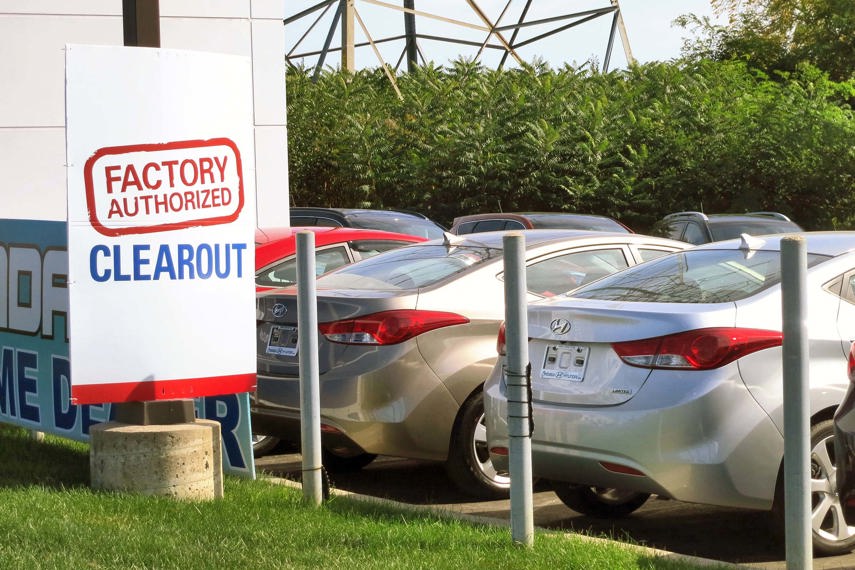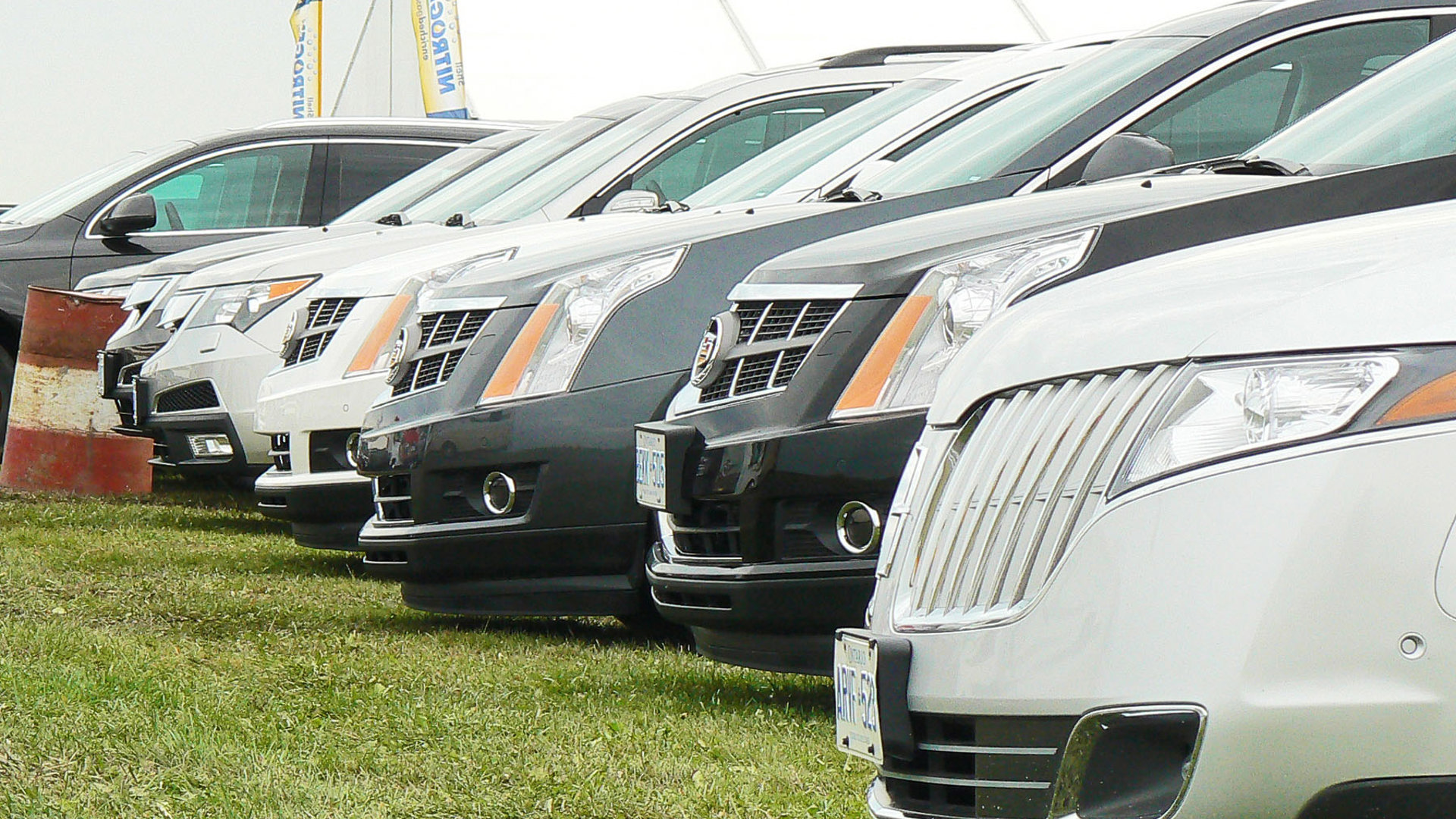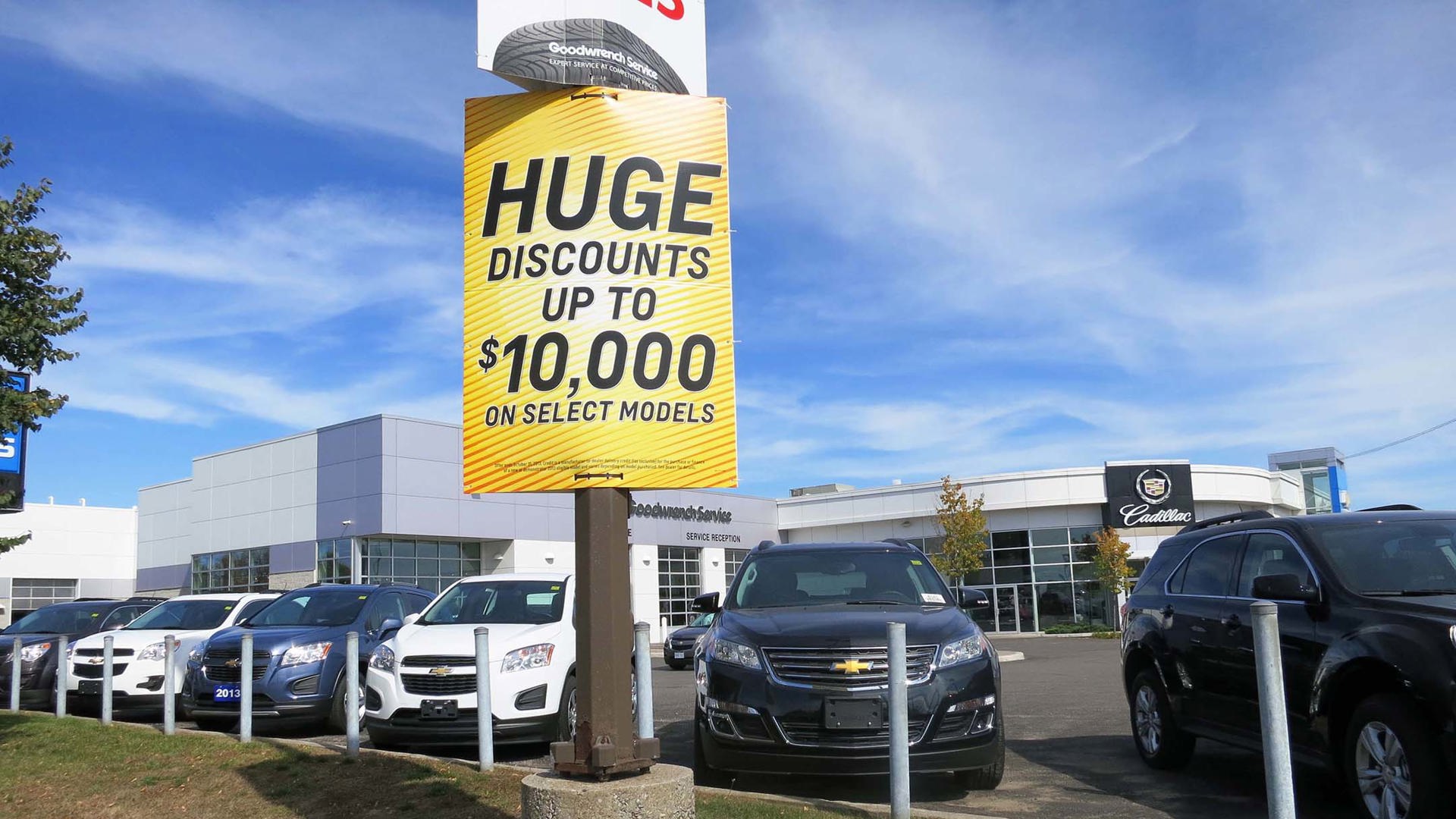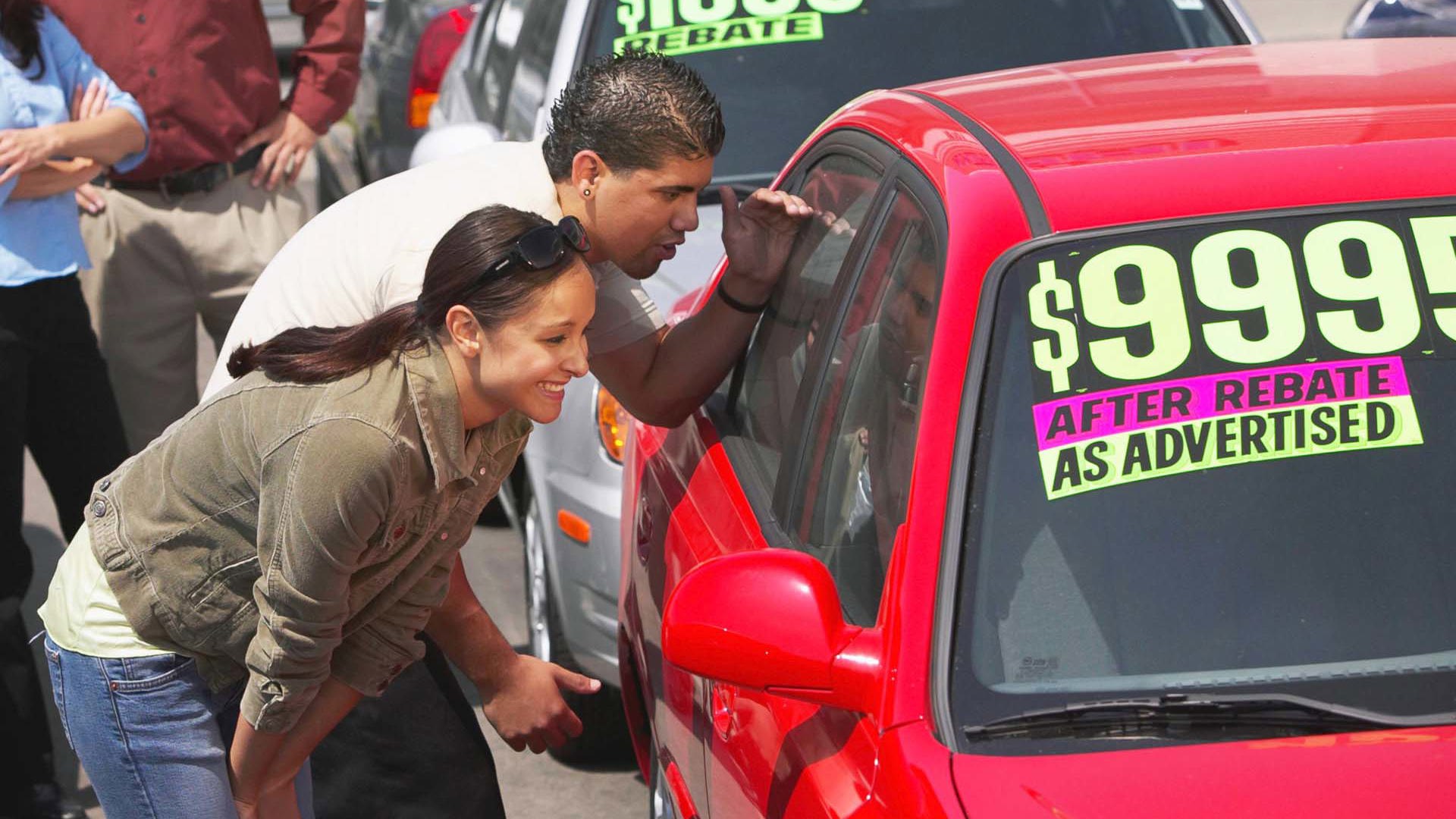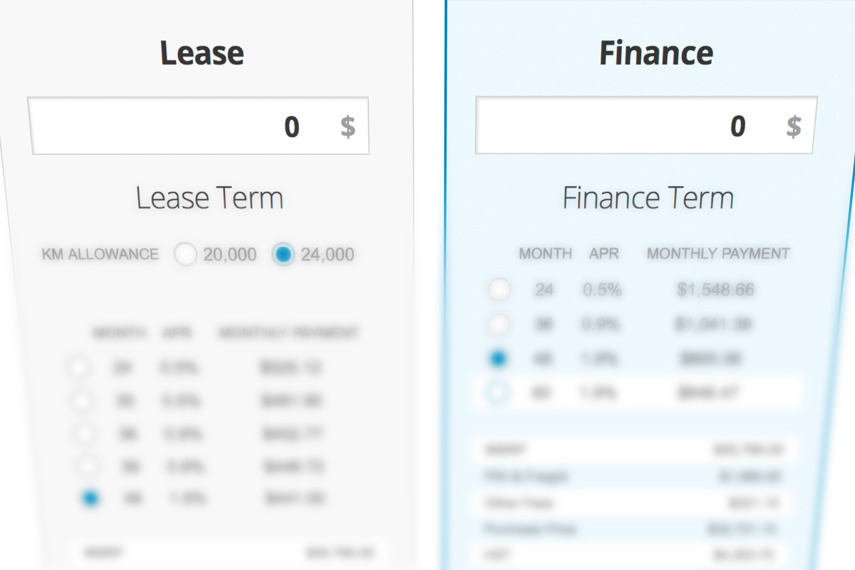Raise your hands, those of you who like negotiating when you’re buying a car…yeah, we thought so. While a few dealerships have moved to no-haggle pricing, they’re still very much in the minority, and most buyers will end up negotiating.
Dealers need to make some profit, of course – that’s how they keep their doors open – but we have some tips to help you get the best possible price on your new vehicle.
What You Need to Know
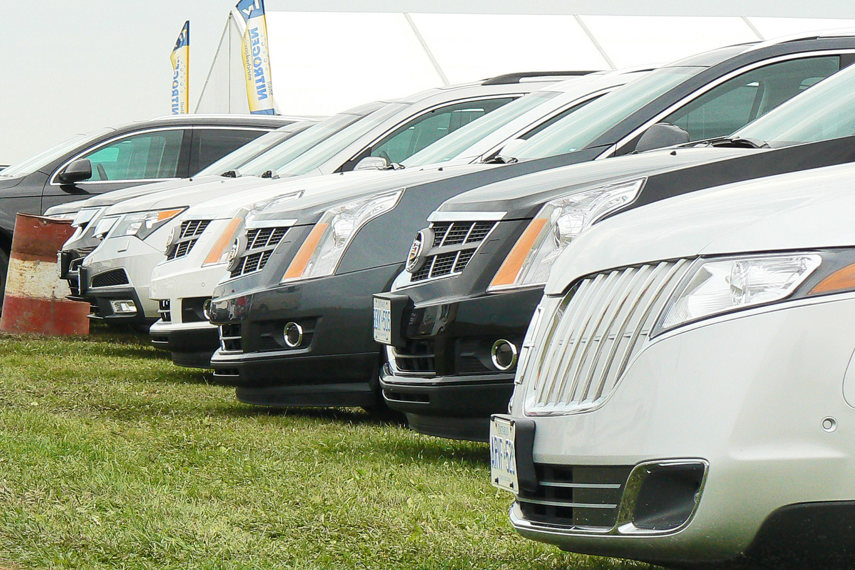
The dealer has already paid for the car.
Other than Genesis and Tesla, auto manufacturers don’t sell directly to the public. They sell their vehicles to their franchised dealers, who in turn sell them to you.
The dealers pay for them with bank financing. The longer the car sits on the lot, the more interest the dealer pays, so you’re more likely to get a deal on an “in-stock” unit than on one you order.
The dealer gets discounts on the vehicle.
MSRP stands for Manufacturer’s Suggested Retail Price, which is what the factory advertises. But when dealers buy the car to sell to you, they don’t pay that, of course. They’re charged the invoice (wholesale) price, less discounts, resulting in the dealer cost.
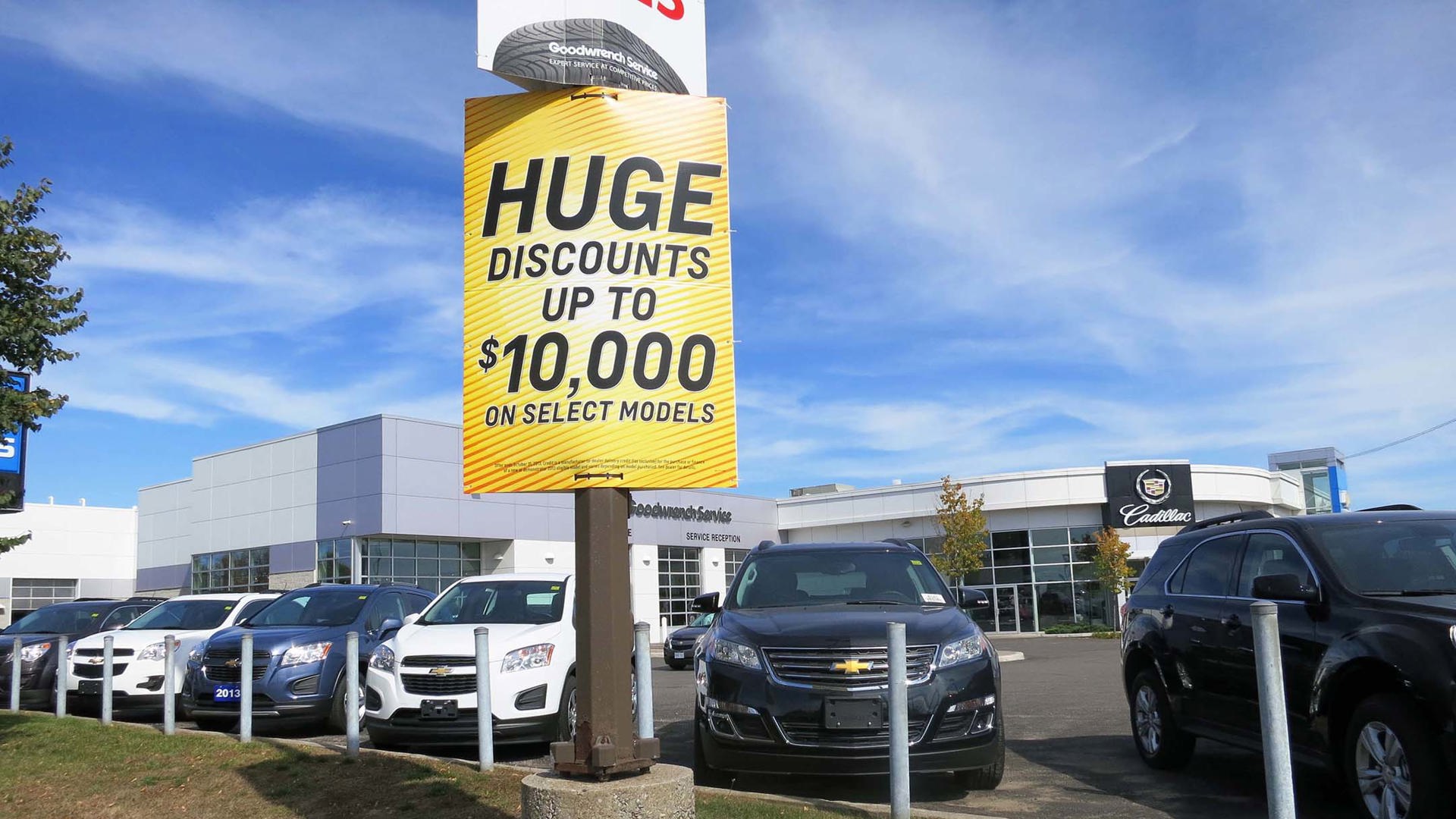
The discounts include the holdback, which is generally about 1 to 3 percent of the MSRP. This is intended to help the dealer cover commissions, salaries, and other expenses. There can also be a rebate, called the dealer allowance, which the automaker uses as a sales incentive or to help reduce the price on slower-selling models. It’s a factory-to-dealer rebate, and isn’t the same as a consumer rebate that’s often advertised on vehicles.
These internal discounts represent the dealer’s minimum profit on the vehicle – and provide some “wiggle room” for price negotiation.
Your knowledge is limited.
Some dealers will show you the invoice price if you ask, but don’t expect to see the dealer cost. You can come up with a very rough estimate by calculating that 1-to-3 percent (or so) of the MSRP and deducting it. Any dealer allowances are tougher to uncover, and you can try an online search to get some guidance on what dealers are being offered.
There are websites offering to sell you the “dealer cost” on a car, but we won’t recommend that route. They’re likely just estimates too, plus the site may be then selling your contact information to a dealer.
What You Need to Do Beforehand
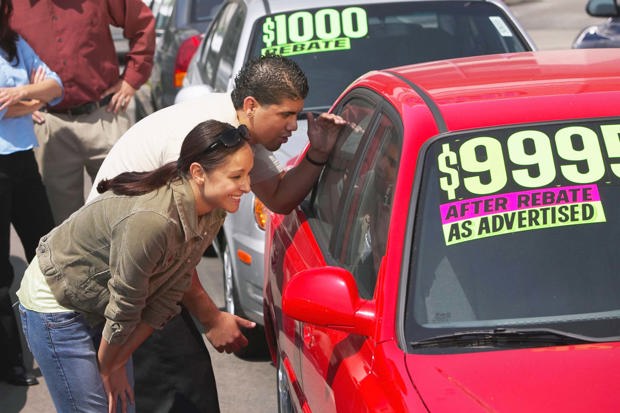
Prepare, prepare, prepare.
You’d be surprised at how many vehicle sales are impulse buys – people casually walk in “Just to see what they have” and end up buying, and they usually overspend. Instead, you need to do some research, and go in knowing the price you want to pay.
Know the MSRP, any options you’d like to have and what they cost, and any factory incentives being offered, which you’ll find on the manufacturer’s consumer website. Use the “build and price” feature on the site, and save or print off a copy to take with you.
If you’re looking at a specific vehicle advertised on the dealer’s own website, take the information with you. In British Columbia, Alberta, Manitoba, Saskatchewan, Ontario, and Quebec, by law, the price has to include all dealer fees and add-ons, so watch for any extras added to the invoice.
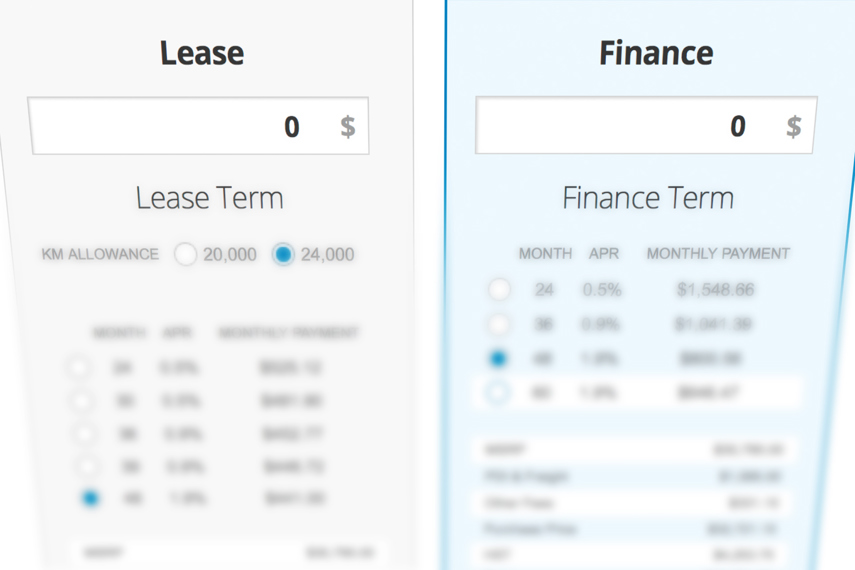
Know what you need to pay, and what you don’t.
You have to pay the sales tax, and for licence plates and registration. However, if you’re trading in a vehicle, you only pay tax on the difference between old and new. For example, if your new car is $30,000, but the dealer gives you $10,000 for your trade-in, you’re only taxed on $20,000.
Fees you’re likely to see, and that can be open to negotiation, will include the dealer’s documentation charge (for writing up the paperwork); freight and pre-delivery inspection (PDI); fuel; any extra-cost warranties; and such dealer add-ons as nitrogen in the tires, or the VIN etched onto the windows for anti-theft. Don’t sign anything until everything is listed, as negotiated, on the final invoice.
Prearrange your financing.
Dealers make money if they arrange your financing. You could save on financing fees, and potentially get a better rate, if you go in with loan preapproval from your own bank. You can always opt for zero- or low-cost financing if it’s offered as a factory incentive.
What to Do at the Dealership

Don’t start with payments.
You may be asked what you’re willing to spend per month. If you provide a price-per-payment, the salesperson can work backwards from there – and potentially add all sorts of stuff.
Never throw out your price first. Make the dealer start with his.
First the car, then the details.
Your first goal is the price of the car by itself. This includes the vehicle; options; what you’re willing to pay for the extras, including the dealer fees and add-ons; and then subtract any factory or dealer cash incentives advertised on it.
Factor in some mark-up. You’re not going to get the car for nothing – the dealer has to stay in business too.
Don’t mention your trade-in or financing until you’ve reached the agreed-on price of the new vehicle. If you’re asked up front, be polite but firm: you’re negotiating the vehicle by itself. You can say you may be considering trading in, but don’t divulge what vehicle you own. Bringing these in at the beginning gives the salesperson more room to juggle numbers.

“Let me ask the sales manager.”
Your salesperson will likely disappear with your offer, and come back with a higher number. Add a little to your offer, rather than subtracting from the dealer’s – it’ll get you to the lowest price they’re willing to accept.
If you reach a stalemate, thank them and leave. If you’re called back, there’s still some haggle room.
Negotiate your trade-in.
Don’t go in unprepared. Before your visit, use an online estimator to get an estimate of what your vehicle is worth. The dealer will offer less, of course – they have to make a profit – but before you refuse, factor in your cost and convenience. To sell it privately, you may have to repair and certify it; clean it up; advertise it; keep insurance on it; and tie up your time showing it and negotiating with buyers, who will also offer you less. If you trade it, you just drive it in, hand over the keys, and get its value taken off your sales tax. Within reason, the dealer’s offer may be better than going through a private sale.
You can be firm, but be polite.
Your salesperson wants to make the most, and you want to pay the least – that’s just the way it works. Staying calm and civil will go a long way toward putting a new vehicle in your driveway at the right price.
